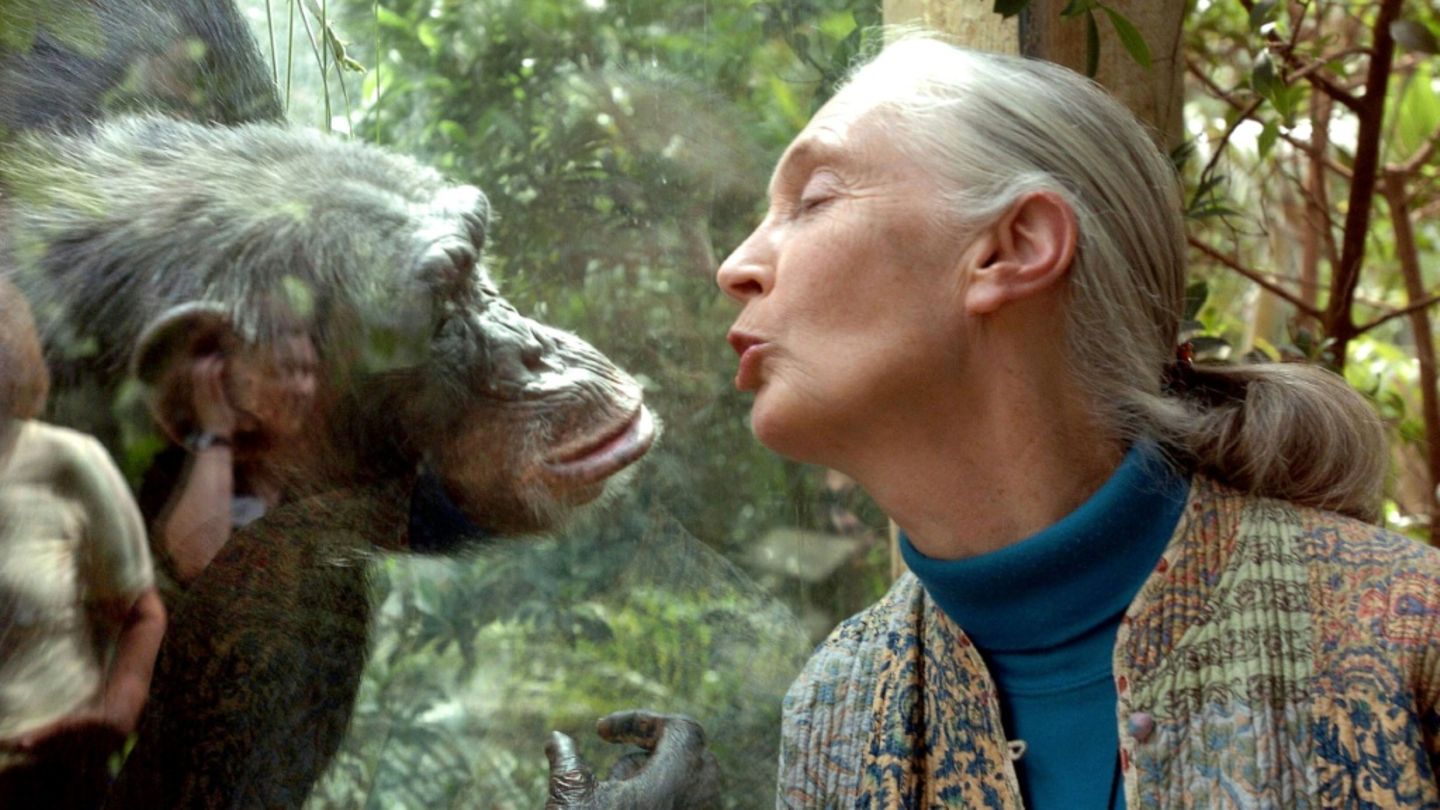Introduction
Jane Goodall, a name synonymous with wildlife conservation, has dedicated her life to studying and protecting animals, particularly chimpanzees in their natural habitat. Her groundbreaking research has not only transformed our understanding of these primates but also raised awareness about the intricacies of animal behavior and the urgent need for environmental conservation. As the world faces escalating threats to biodiversity, Goodall’s contributions are more relevant than ever.
Goodall’s Groundbreaking Research
In 1960, at the age of 26, Jane Goodall made a monumental leap in primatology when she began her studies at Gombe Stream National Park in Tanzania. Her observatory skills revealed that chimpanzees use tools, a characteristic once thought to be exclusive to humans. Goodall’s discoveries debunked long-held myths about the uniqueness of human behavior and showcased the emotional and social complexities of primates, bridging the gap between humans and their closest relatives.
Throughout her research, Goodall documented a range of behaviors, including social bonds, parenting, and even the occurrence of war-like conflicts among chimpanzee communities. These findings fostered a deeper scientific understanding of animal consciousness and has led to an increased emphasis on animal welfare in both scientific and public spheres.
Advocacy for Conservation
Beyond her research, Goodall is a passionate advocate for conservation efforts. In 1977, she founded the Jane Goodall Institute, which focuses on wildlife research, education, and conservation initiatives. The institute has become a leader in habitat preservation, community-led conservation, and the promotion of sustainable practices worldwide.
Recent events, such as the increasing deforestation in Africa, underline the urgency of Goodall’s mission. Issues like climate change, poaching, and habitat destruction challenge the survival of not just chimpanzees but countless species globally. Goodall’s advocacy emphasizes the importance of community, education, and the role individuals play in conservation efforts.
Conclusion
Jane Goodall’s lifetime of work has not only transformed our understanding of chimpanzees but has sparked a global movement towards ecological responsibility and animal welfare. As the climate crisis intensifies, her message remains clear: Humans have a profound responsibility to protect the planet and its inhabitants. Goodall’s legacy continues to inspire new generations of conservationists who strive for a sustainable future, making her insights and endeavors more significant than ever. For readers, embracing Goodall’s message could not only promote personal responsibility but also foster a collective effort in safeguarding our planet and its biodiversity.


